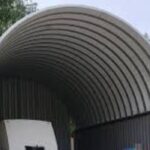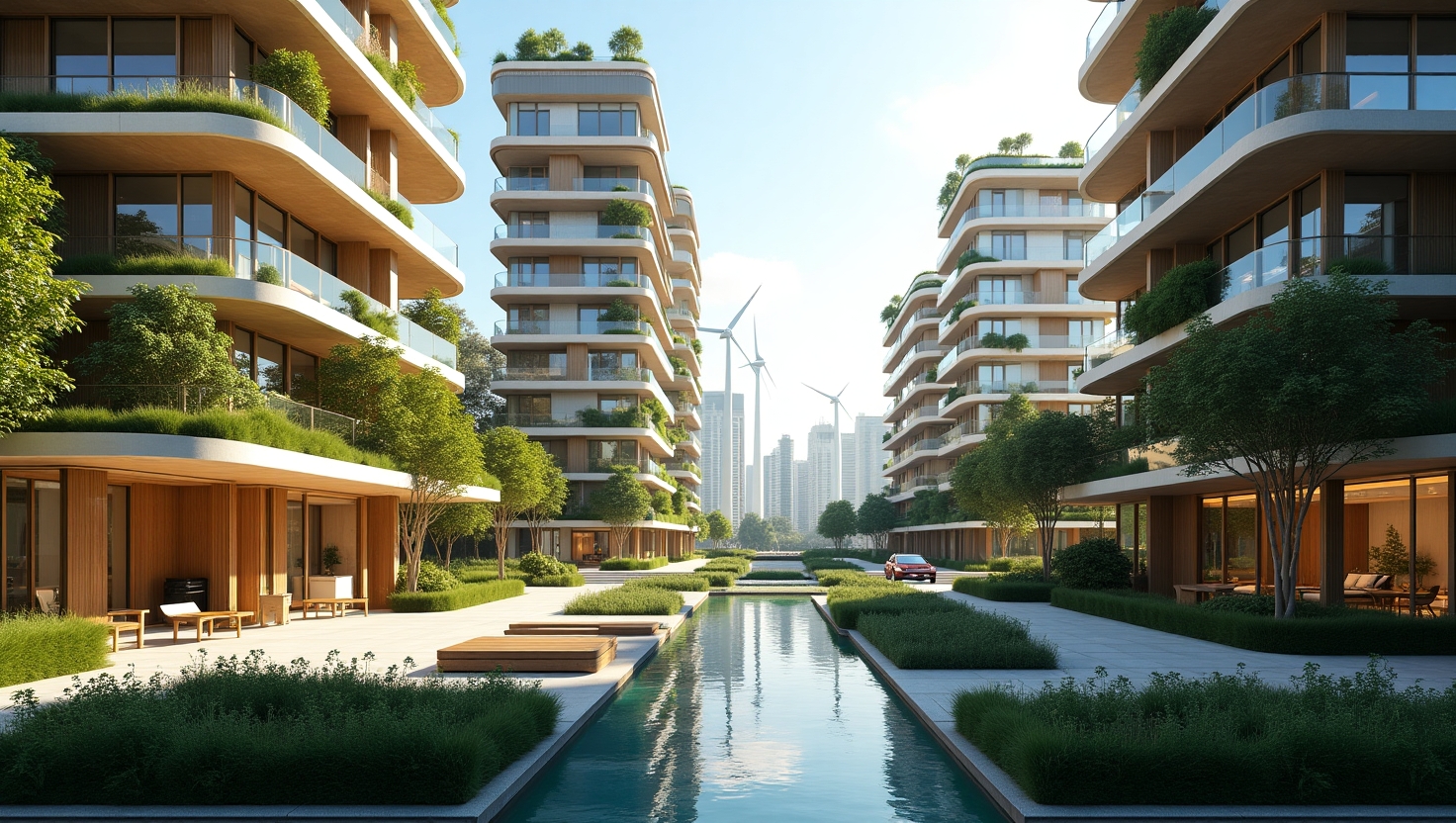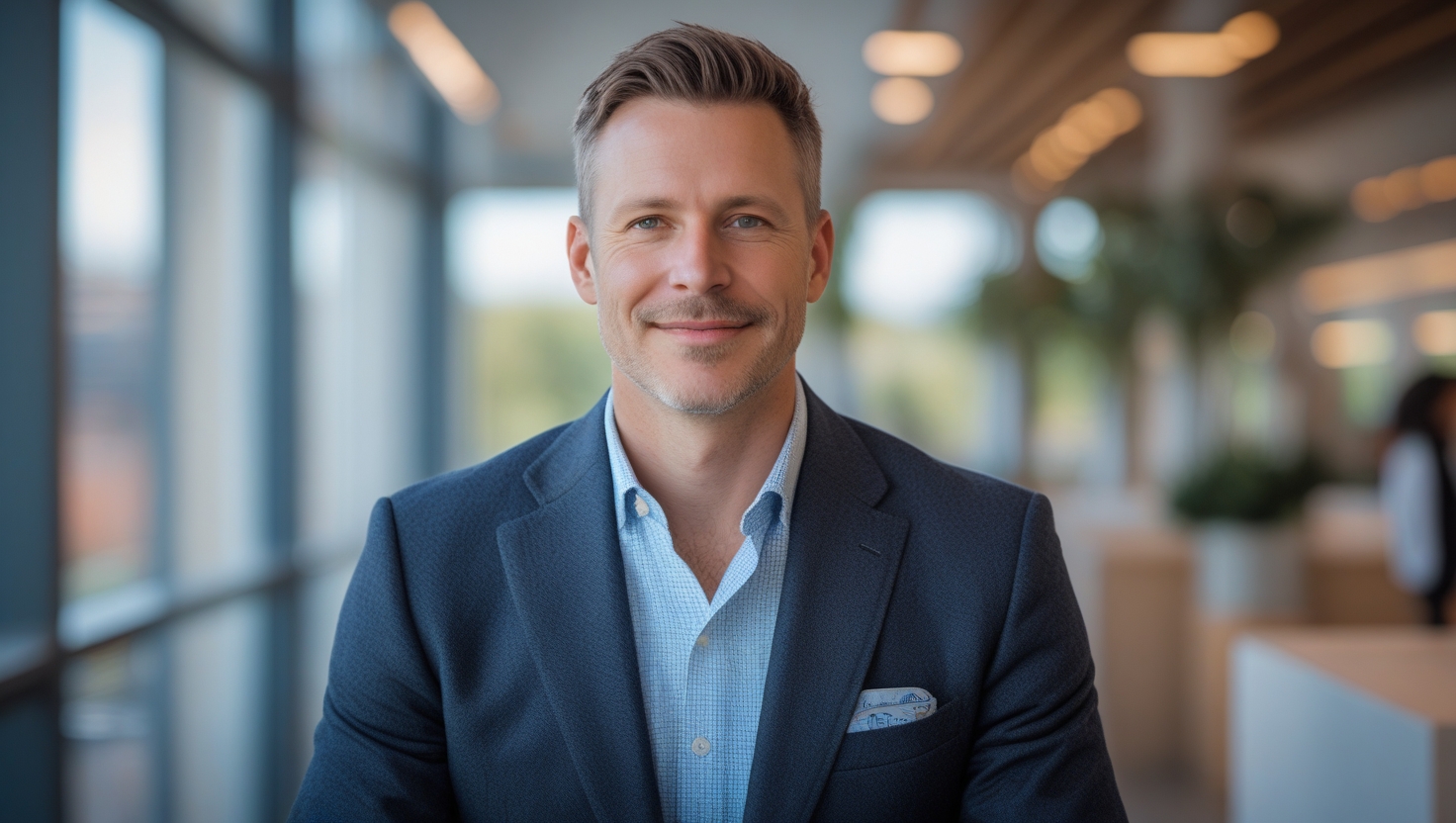What if the skyscrapers defining our city skylines weren’t just symbols of commerce, but active agents healing the planet? Sounds like science fiction, right? Well, visionary real estate developer Malia Manocherian is turning that dream into concrete (and recycled steel) reality. While many developers still view sustainability as a costly burden, Manocherian flips the script. She’s proving, project after groundbreaking project, that deep green design isn’t just ethical – it’s the sharpest competitive edge and a powerful profit driver. Forget sterile glass boxes; her creations are vibrant blueprints for urban ecosystems where nature thrives, communities flourish, and the bottom line grows greener.
Who Is Malia Manocherian? The Green Real Estate Pioneer
Malia Manocherian didn’t start out aiming to revolutionize an industry. Her journey into sustainable development stemmed from a fundamental frustration. Witnessing the staggering environmental toll of traditional construction – the waste, the energy guzzling, the disconnect from nature – she knew there had to be a better way. Armed with a background in finance and a deep-seated belief that “profitability shouldn’t sacrifice the planet,” she embarked on a mission. Manocherian became a pioneer, relentlessly pushing the boundaries of what green real estate could achieve, proving that environmental responsibility and financial success aren’t mutually exclusive; they’re synergistic. She’s not just building structures; she’s building a philosophy for the future of urban life.
The Sustainability Revolution: Beyond Solar Panels (Way Beyond!)
Let’s be honest: slapping some solar panels on a roof and calling it “green” doesn’t cut it anymore. Traditional development is often a linear process: extract resources, build inefficiently, consume massive energy, and generate tons of waste. It’s a broken model.
Manocherian tackles this head-on with a radically holistic approach. Her vision is circular, not linear. Think biophilic design weaving nature into every floor (living walls, abundant natural light, indoor gardens), regenerative materials like mass timber and recycled concrete, rainwater harvesting integrated into stunning water features, and buildings designed to adapt over decades, not decay. Her developments function less like machines and more like complex ecosystems. They self-regulate temperature, manage water, and even generate clean energy onsite. Imagine a forest – diverse, resilient, self-sustaining. That’s the analogy for a Manocherian project.
Traditional vs. Manocherian Developments: Cost vs. Long-Term Impact
| Factor | Traditional Development | Manocherian Development |
|---|---|---|
| Mindset | Short-term cost minimization | Long-term value & resilience creation |
| Energy Use | High consumption, grid-dependent | Net-positive generation, microgrids |
| Materials | Virgin resources, high waste | Recycled/regenerative, low waste |
| Water | High municipal use, runoff | Harvesting, reuse, natural filtration |
| Biodiversity | Often zero or negative impact | Actively enhanced (green roofs, walls) |
| Resilience | Vulnerable to climate shocks | Designed for climate adaptation |
| ROI Focus | Initial construction cost | Lifetime operational savings & asset value |
Renewable Energy Integration: Powering the Profitable Future
Okay, solar panels are part of the picture – but they’re just the opening act in Manocherian’s energy symphony. Her projects integrate diverse renewable sources: rooftop and facade solar, sleek urban wind turbines, and deep-earth geothermal systems. Crucially, she leverages smart microgrids. These onsite networks intelligently manage the flow of self-generated power, store excess energy (often in cutting-edge battery systems), and seamlessly interact with the main grid – selling back surplus and buying only when absolutely necessary.
Case Study: The Hudson Yards Eco-Tower: Take her flagship development in Manhattan. By combining high-efficiency solar glass, discreet vertical-axis wind turbines, and a sophisticated microgrid managed by AI, the tower achieved a staggering 40% reduction in net energy costs within its first two years of operation. This isn’t just “green;” it’s a major financial advantage passed on to tenants and investors.
Myth Busting: “Renewables are unreliable and expensive!” Manocherian’s response? Hard data. She transparently shares the ROI metrics: the slightly higher initial capex is rapidly recouped through massive operational savings (energy, water, maintenance), lucrative tax credits and incentives (like those for LEED Platinum or WELL Certification), and the ability to command premium rental rates. The reliability? Advanced microgrids and storage make her buildings more resilient during grid outages, not less.
Balancing Ecology and Economics: The Manocherian Method
So, how does she consistently make the numbers work where others see conflict? Manocherian is a master strategist, viewing every sustainability feature through dual lenses: ecological benefit and economic value creation.
- Financial Leverage: She expertly navigates the growing landscape of green financing, tax abatements, and government incentives specifically designed for high-performance buildings. This significantly offsets upfront costs.
- Tenant Value = Owner Value: Healthy, happy tenants stay longer and pay more. Features like superior indoor air quality (thanks to advanced filtration and abundant plants), access to natural light and green spaces, and lower utility bills directly translate into higher tenant retention, reduced vacancy, and premium rental rates – often 5-15% above comparable non-green buildings.
- Operational Efficiency: This is the gold mine. Reduced energy and water consumption, lower waste disposal fees, and decreased maintenance needs (thanks to durable materials and smart systems) slash operational expenses by 30% or more annually. That flows straight to the bottom line.
- Future-Proofing: As carbon taxes rise and regulations tighten (like NYC’s Local Law 97), her ultra-efficient, low-carbon buildings avoid hefty fines and retain their value far better than energy-guzzling dinosaurs. They’re built for the future regulatory and market landscape.
- Strategic Partnerships: Manocherian collaborates with tech leaders. For instance, her partnership with Siemens implemented an AI-driven building management system that continuously optimizes energy use in real-time across HVAC, lighting, and equipment, squeezing out further savings and enhancing comfort.
The Bottom-Line Benefits:
- >30% Reduction in Operational Expenses
- 5-15% Premium on Rental Rates
- Enhanced Tenant Retention & Lower Vacancy
- Increased Asset Valuation & Marketability
- Future-Proofed Against Rising Energy Costs & Carbon Regulations
Your Blueprint: Implementing Sustainable Design (Start Now!)
Feeling inspired? You don’t need to build a billion-dollar eco-tower tomorrow to start benefiting from Manocherian’s principles. Here’s how to begin weaving sustainability into your projects profitably:
- Audit & Analyze: Before anything else, understand your current building’s energy and water flows. Identify the biggest drains and waste streams. (Hint: HVAC and lighting are usually prime targets).
- Start Small, Scale Smart: Don’t get overwhelmed.
- Green Roofs: Install one! They reduce stormwater runoff, cut cooling costs, extend roof life, and create valuable amenity space.
- Smart Water: Retrofit with low-flow fixtures, install rainwater harvesting for irrigation or toilet flushing. Payback is often under 5 years.
- LED Lighting + Sensors: A no-brainer. Combine high-efficiency LEDs with occupancy and daylight sensors for immediate energy savings.
- Healthy Materials: Next time you renovate, specify low-VOC paints, adhesives, and sustainable flooring (like bamboo or cork). Improve tenant health and satisfaction.
- Explore Renewables: Assess the feasibility of solar PV, even a small array. Investigate available local incentives and financing options (like PACE financing).
- Engage Tenants: Share energy/water usage data. Implement green leasing clauses that encourage sustainable practices. Happy, engaged tenants amplify your impact.
- Think Long-Term: When making capital decisions, calculate the total lifecycle cost, not just the upfront price. The durable, efficient option often wins financially over time.
- Seek Expertise: Partner with architects and engineers specializing in green building (look for LEED APs, WELL APs, Passive House designers).
What’s the one tactic above that could make the biggest difference on your next project? Pick one and start planning!
Conclusion: The Future is Green (and Profitable)
Malia Manocherian’s towering achievements shatter the persistent, pernicious myth that being eco-friendly is economically foolish. She hasn’t just built sustainable buildings; she’s built a compelling, profitable proof of concept for the future of cities. Her true legacy lies in demonstrating that dense urban centers can be powerful forces for environmental regeneration, human well-being, and robust financial returns. The era of choosing between planet and profit is over. Manocherian shows us the path forward is integration.
Her blueprint is clear. The technology exists. The financial case is proven. The question isn’t if the future of real estate is green, but how quickly we can all get there. Start today: Conduct that energy audit on one building. Retrofit those lights. Plan that green roof. Then scale. Because the future of urban life isn’t just leaning towards green – as Malia Manocherian proves, it’s the only future that truly pays off.
FAQs:
- How did Malia Manocherian start in sustainable real estate? Driven by witnessing the environmental impact of traditional development, she leveraged her finance background to pioneer a model proving sustainability and profitability are synergistic, not opposed.
- Are her methods applicable to small-scale developers? Absolutely! Start with audits, small retrofits (LEDs, water saving), green roofs, or sustainable material choices. The core principles of efficiency, health, and lifecycle costing apply at any scale.
- What’s the biggest misconception about green architecture? That it’s always more expensive long-term. Manocherian’s work shows operational savings, premium rents, tax incentives, and future-proofing create a strong financial case, often with rapid payback.
- Which Malia Manocherian project offers the best ROI case study? Her Hudson Yards Eco-Tower is a prime example, demonstrating a 40% reduction in net energy costs via integrated renewables and a smart microgrid, translating directly to significant financial gains.
- Can retrofitting old buildings use her approaches? Definitely! Deep energy retrofits (insulation, windows, HVAC), adding renewables where feasible, water conservation, and improving indoor environmental quality (air, light) are key strategies for existing buildings.
- How does she convince investors to prioritize sustainability? By presenting clear, data-driven ROI: lower operating costs, higher tenant retention/premiums, increased asset value/resilience, access to green financing/incentives, and mitigation of future regulatory/financial risks (carbon taxes).
- What policy changes does she advocate for? Stronger building energy codes, expanded tax credits for deep green retrofits and new builds, streamlined permitting for sustainable projects, and policies supporting microgrid development and renewable energy integration.
READ ALSO: Charfen.co.uk: Scaling Your UK Business with Less Stress










